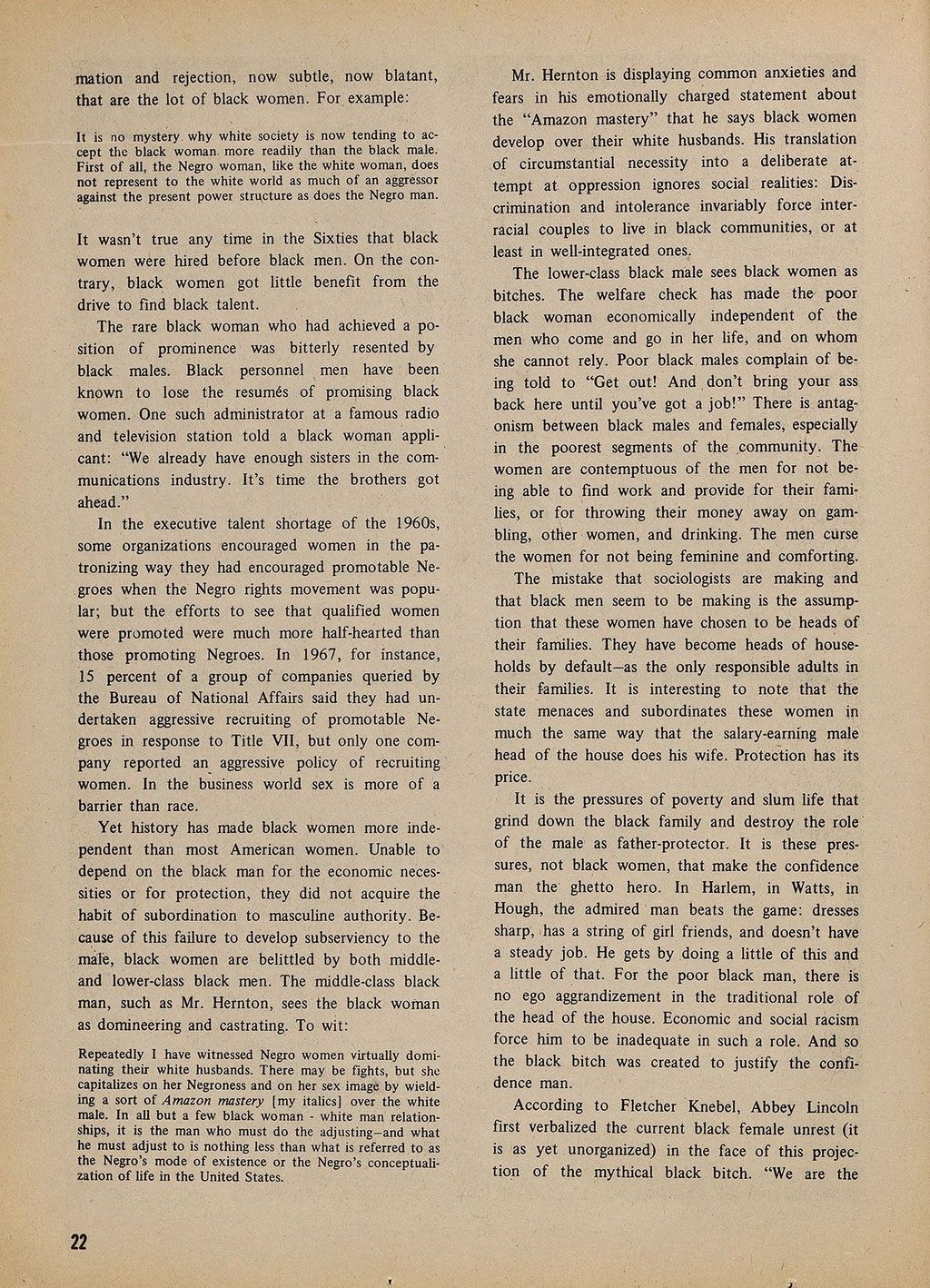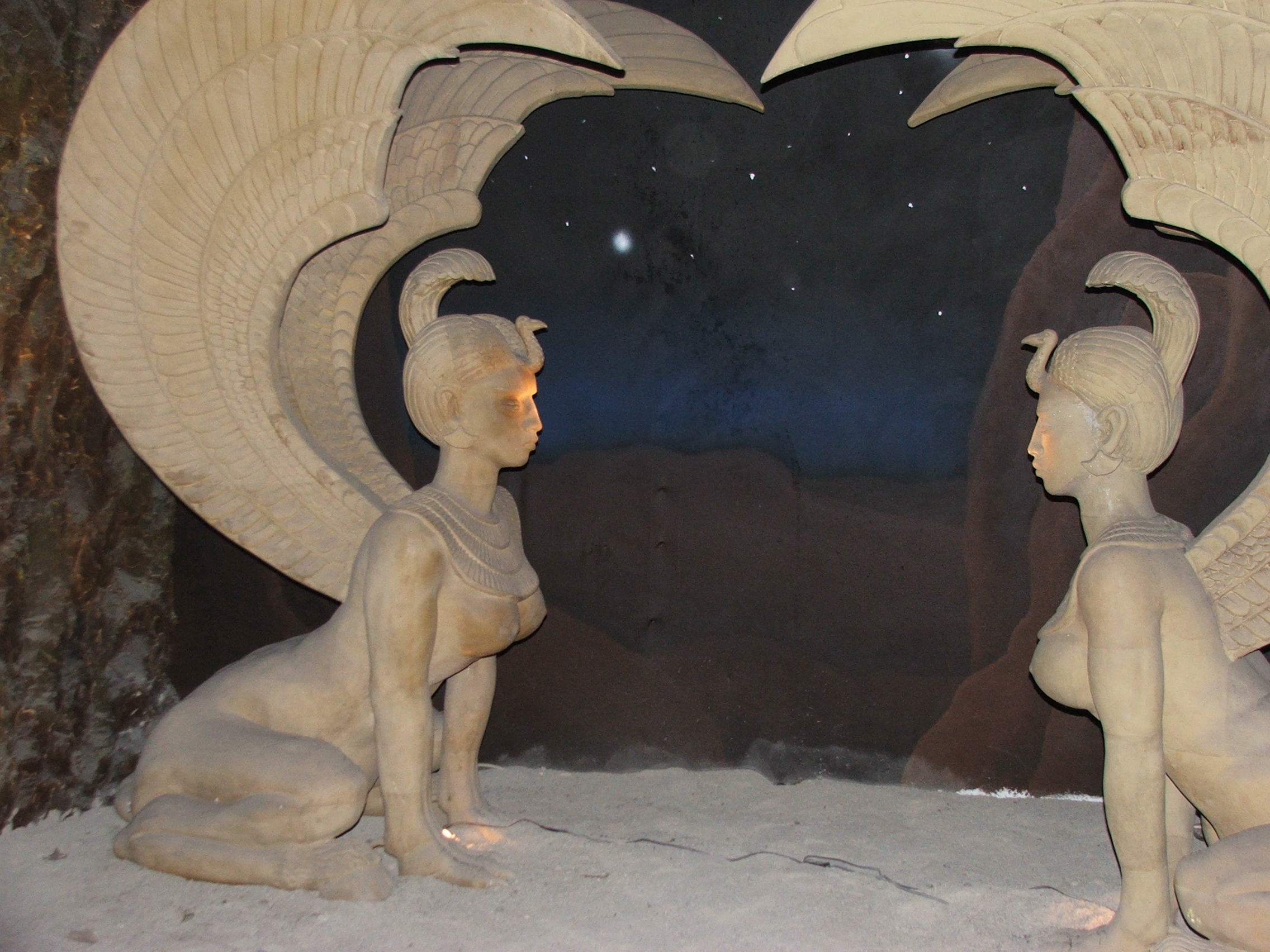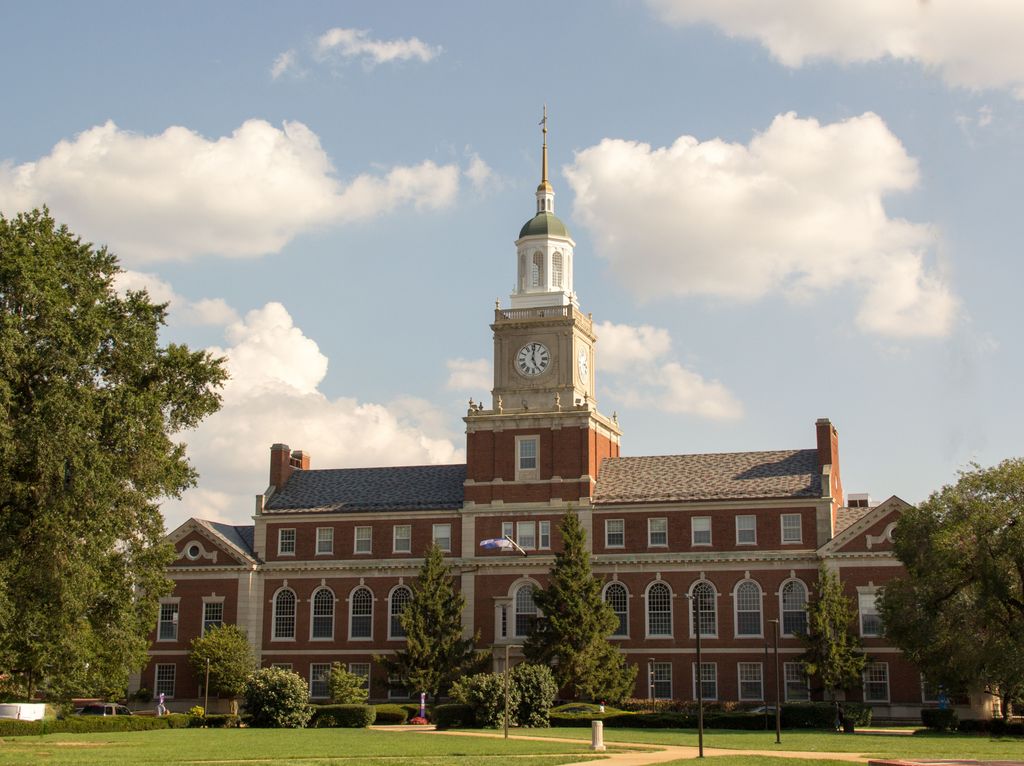
Howard University stands as a beacon of education, innovation, and social progress, a foundational institution deeply woven into the fabric of American history. From its origins in the tumultuous aftermath of the Civil War to its present-day stature as a leading research university, Howard has consistently distinguished itself not merely as an academic institution but as a vital force for change and advancement, particularly for the Black community. Its unwavering commitment to excellence and equity has forged a legacy that resonates across generations, shaping leaders, thinkers, and pioneers who have redefined the contours of various fields.
This esteemed institution, often affectionately referred to as “The Mecca,” has cultivated an environment where intellectual rigor meets profound social consciousness. It is a place where groundbreaking research is conducted, where critical dialogues are fostered, and where the next generation of global citizens is meticulously prepared to tackle complex challenges. The narrative of Howard University is a compelling chronicle of resilience, brilliance, and an enduring pursuit of justice, embodying a unique blend of academic prowess and cultural significance.
As we delve into the rich tapestry of Howard’s influence, we will explore some of the pivotal moments, transformative figures, and distinctive programs that have solidified its indelible mark on the world. This journey will illuminate how Howard has consistently championed human rights, pushed the boundaries of knowledge, and nurtured an unparalleled community of impact, cementing its role as an indispensable pillar in the landscape of higher education and beyond.
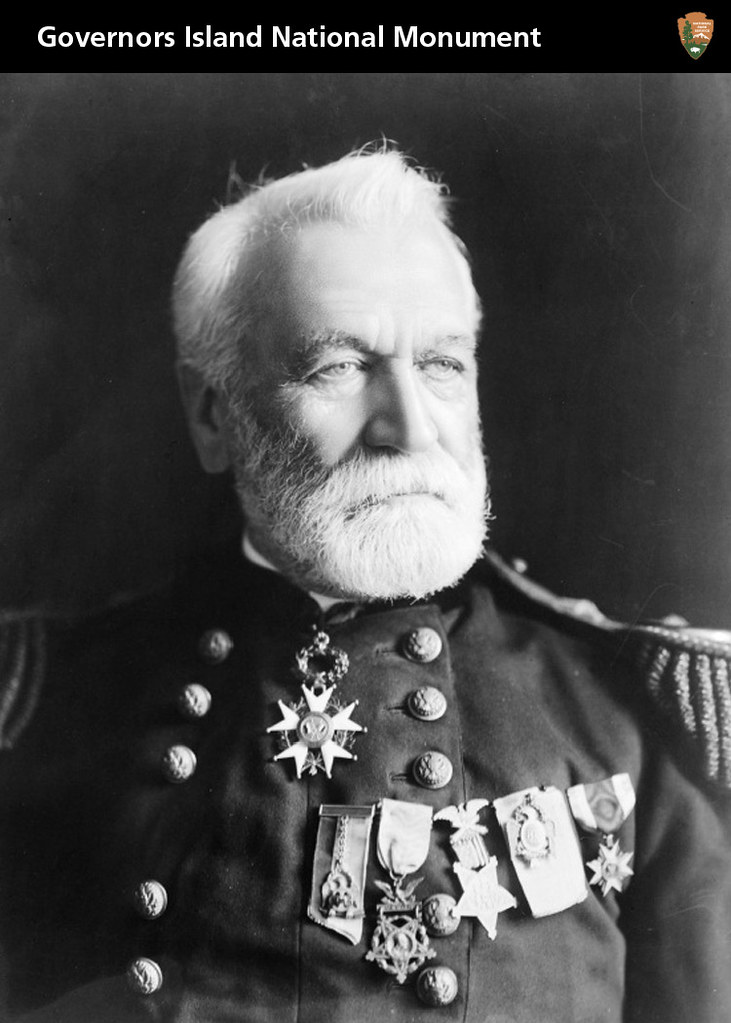
1. **Founding and Early History: Forging a Path in Post-Civil War America**: Howard University’s inception shortly after the American Civil War speaks volumes about the pressing need for education and upliftment during a period of profound national transformation. In 1867, members of the First Congregational Society of Washington initially considered establishing a theological seminary specifically for the education of Black clergymen. However, within a mere few weeks, this ambitious project expanded significantly, evolving to include provisions for the establishment of a comprehensive university, recognizing the broader educational needs of the newly freed population.
The institution was chartered by the U.S. Congress on March 2, 1867, and was aptly named for General Oliver Otis Howard, a celebrated Civil War hero who played a dual role as both the university’s founder and, at the time, the commissioner of the Freedmen’s Bureau. General Howard later served as the university’s president from 1869 to 1874, deeply embedding his vision for intellectual and social progress into its nascent years. While early funding largely derived from endowment, private benefaction, and tuition, the 20th and 21st centuries saw the vital addition of an annual congressional appropriation, administered by the U.S. Department of Education, supporting both the university and Howard University Hospital, underscoring its unique federal charter and national importance.

2. **Howard University’s Indispensable Role in the Civil Rights Movement: A Crucible for Change**: Beyond its academic pursuits, Howard University emerged as a crucial epicenter for the burgeoning Civil Rights Movement, fostering an environment where activism and intellectual leadership converged. Luminaries like Alain Locke, chair of the Department of Philosophy and the first African American Rhodes Scholar, authored “The New Negro” in 1925, a seminal work that significantly helped to usher in the Harlem Renaissance, showcasing Howard’s profound influence on cultural and intellectual movements. Similarly, Ralph Bunche, the first Nobel Peace Prize winner of African descent, served as chair of the Department of Political Science, further cementing the university’s academic and political gravitas.
The campus itself became a testing ground for innovative protest tactics that would later define the movement. Beginning in 1942, Howard University students pioneered the “stool-sitting” technique, occupying stools at local cafeterias that denied service to African Americans, effectively blocking other customers. This innovative tactic, which became a prominent feature of the later Civil Rights Movement, saw students organizing regular sit-ins and pickets around Washington, D.C., at cigar stores and cafeterias from January 1943 until the fall of 1944, demonstrating their unwavering commitment to challenging segregation head-on.
Further underscoring its pivotal role, Stokely Carmichael, also known as Kwame Ture, a student in the Department of Philosophy and the Howard University School of Divinity, coined the powerful term “Black Power” while working as a voting rights activist in Lowndes County, Alabama. This intellectual and activist lineage highlights Howard’s unique position not just as an educational institution but as a breeding ground for the strategies, ideas, and leaders that fundamentally reshaped American society and advanced the cause of civil rights.
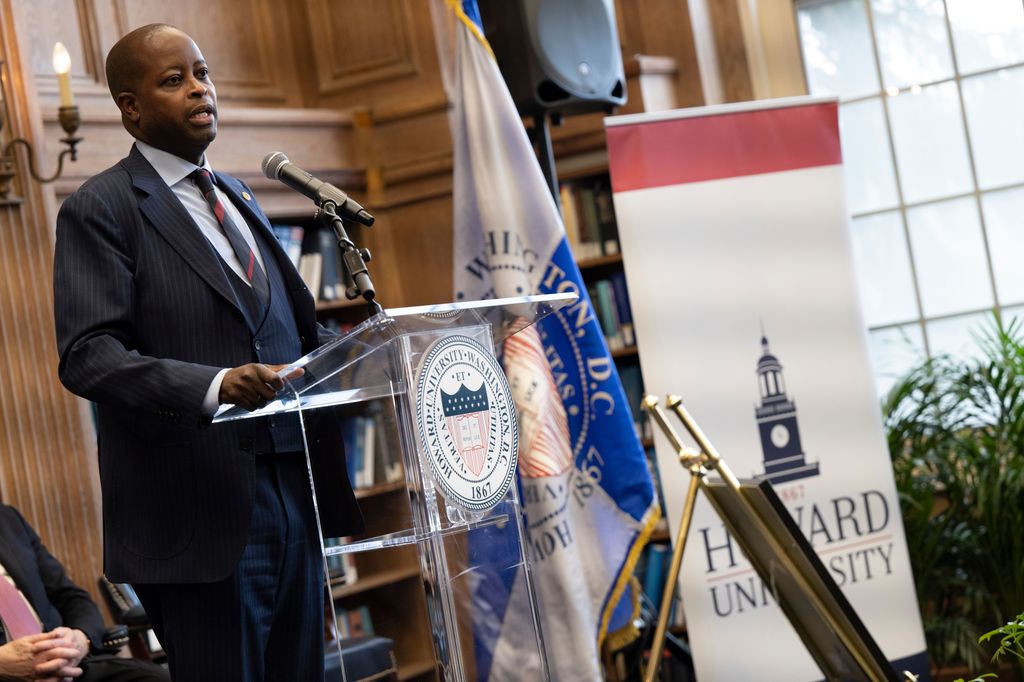
3. **A Lineage of Leadership: Presidents Guiding Howard’s Evolution**: The trajectory of Howard University has been profoundly shaped by a distinguished line of presidents, each navigating unique challenges and opportunities to propel the institution forward. From its founding by General Oliver Otis Howard, who also served as an early president, to the contemporary leadership, the university has been stewarded by individuals dedicated to its mission and growth. A significant milestone occurred from 1926 to 1960, when preacher Mordecai Wyatt Johnson made history as Howard University’s first African-American president, marking a critical transition in the institution’s leadership.
The university has also faced its share of administrative challenges, which its leadership has worked to address. In April 2007, the head of the faculty senate called for the ouster of then-President H. Patrick Swygert, citing a state of “crisis” and “incompetence and dysfunction at the highest level,” which led to his announcement of retirement the following month. Subsequent leadership transitions, including the appointments of Sidney Ribeau and Wayne A. I. Frederick, saw periods of intense scrutiny and efforts toward academic renewal, with proposals to reduce or close some academic programs to ensure the university’s fiscal health and focus.
More recently, in 2018, the university gained national attention when nearly 1,000 students staged a sit-in, protesting the administration’s use of funding following revelations of financial aid and tuition remission “double-dipping” by employees. This nine-day protest led to significant commitments from university officials to address student demands and prompted an investigation by the Department of Education, showcasing the dynamic interplay between student activism and institutional governance. The institution continues to evolve under its current leadership, with Ben Vinson III taking the helm in 2023, carrying forward the legacy of strong and responsive governance.
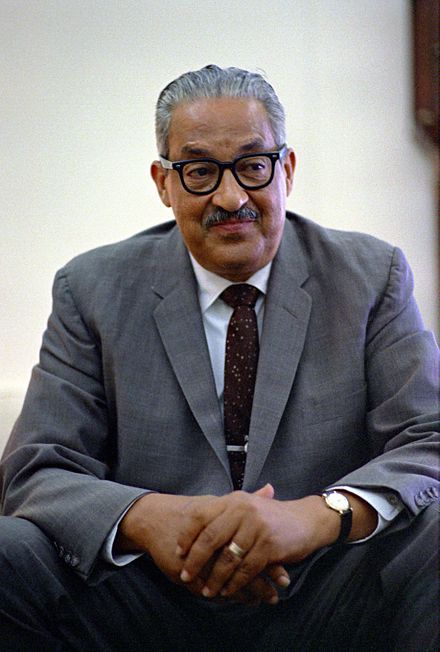
4. **Thurgood Marshall: The Legal Titan Forged at Howard Law**: Among Howard University’s most illustrious alumni is Thurgood Marshall, a towering figure in American jurisprudence whose work profoundly shaped the legal landscape of the nation and directly paved the way for the Civil Rights Movement. As the first African-American Supreme Court Justice, Marshall’s career was a testament to the transformative power of law in achieving social justice, a principle deeply ingrained in the ethos of Howard University School of Law, one of the oldest and most respected law schools in the United States.
Marshall’s legal education at Howard was instrumental in his development into a formidable civil rights lawyer. The institution’s law school, known for its rigorous curriculum and commitment to civil rights advocacy, provided him with the foundational knowledge and strategic thinking necessary to challenge the systemic segregation prevalent across America. His relentless pursuit of equality through legal channels directly reflected the university’s broader mission to uplift and empower the Black community, making Howard not just his alma mater but a crucial partner in his historic fight.
His legacy is directly linked to some of the most pivotal civil rights cases in American history, culminating in his role as the lead attorney in *Brown v. Board of Education*, which effectively ended legal segregation in public schools. Marshall’s journey from a dedicated student at Howard Law to a transformative figure on the highest court of the land exemplifies the profound impact that Howard University alumni have had, and continue to have, on shaping a more just and equitable society.
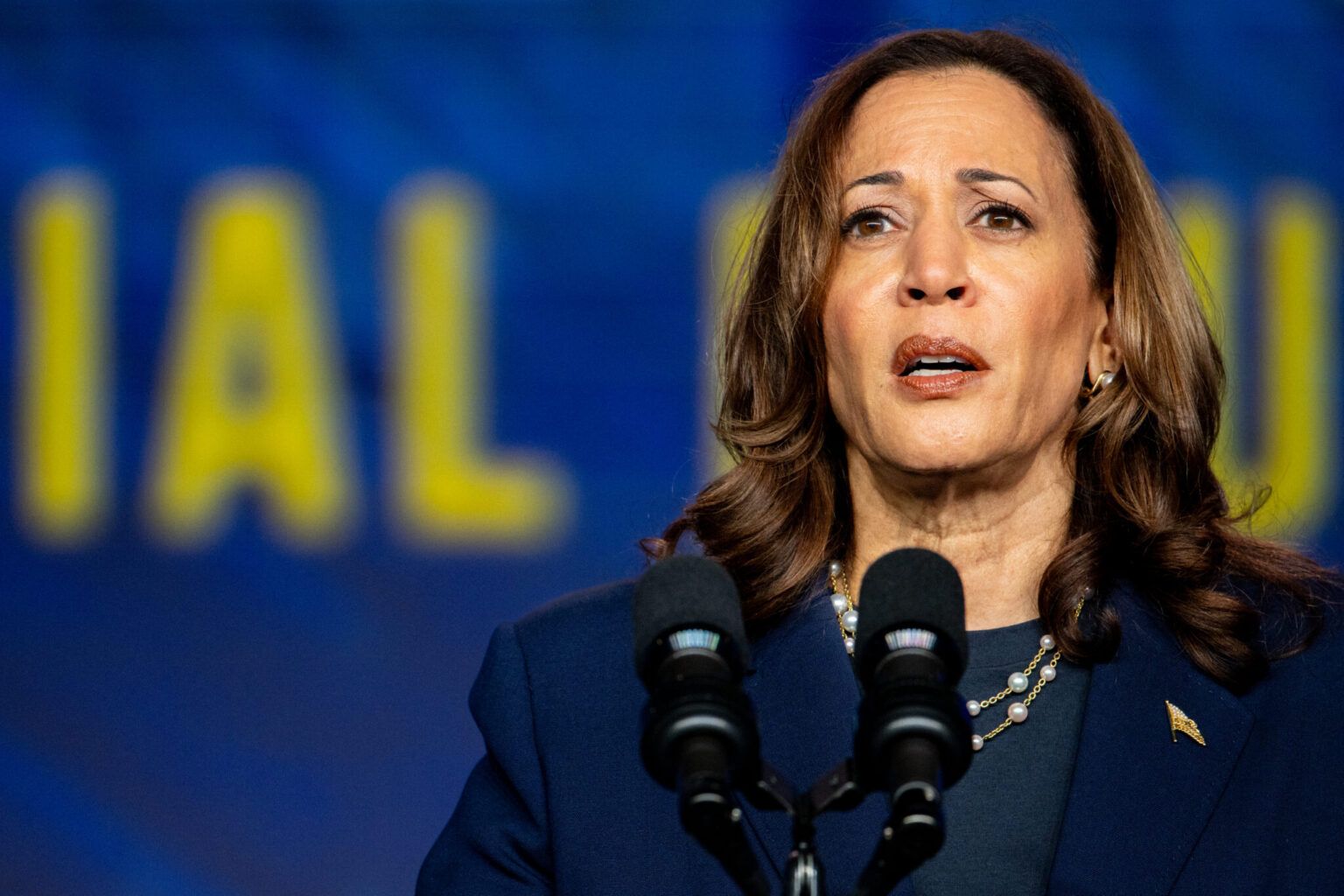
5. **Kamala Harris: A Howard Alumna Reaching the Pinnacle of American Leadership**: The ascendancy of Kamala Harris to the position of the 49th Vice President of the United States stands as a monumental achievement, not just for her personally, but as a powerful testament to the enduring legacy and educational prowess of Howard University. As a distinguished alumna, her journey from the hallowed halls of “The Mecca” to the second-highest office in the nation underscores the profound impact and leadership potential cultivated within this historically black research university. Her presence in such a prominent role serves as an inspiring beacon, illustrating the boundless possibilities that stem from a Howard education.
Harris’s time at Howard was more than just academic; it was formative in shaping her perspective on justice, advocacy, and public service. The university’s vibrant intellectual environment and its deep-rooted commitment to social justice undoubtedly influenced her path, preparing her for a career dedicated to legal and political reform. Her success resonates deeply within the Howard community, symbolizing the institution’s foundational role in nurturing leaders who are equipped to navigate and transform complex societal challenges on the grandest stages.
Her historic achievement as the first female Vice President, the first African American Vice President, and the first South Asian American Vice President, amplifies Howard’s tradition of producing trailblazers. She joins a long list of Howard alumni who have achieved “firsts” in various fields, reinforcing the university’s reputation as a cradle for groundbreaking leadership. Harris often speaks with immense pride about her Howard roots, highlighting how the experience grounded her and instilled in her the sense of purpose that propelled her to the pinnacle of American political power.
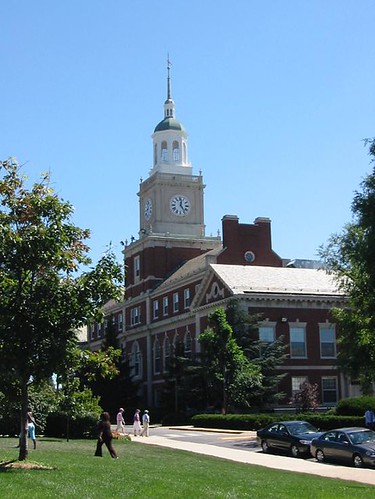
6. **Academic Excellence and Pioneering Programs: Howard’s Commitment to Scholarly Innovation** Howard University’s commitment to academic excellence is evident in its classification among “R1: Doctoral Universities – Very high research activity” by the Carnegie Classification of Institutions of Higher Education, a distinction reserved for institutions demonstrating the highest level of research activity. This prestigious classification underscores the university’s dedication to cutting-edge research and scholarly contributions across a diverse array of disciplines, from the arts and humanities to the sciences and professional fields.
The university attracts a highly competitive student body, with the incoming freshman class of fall 2021 seeing over 29,000 applicants, and a selective acceptance rate of 35%, reflecting its desirability and academic rigor. Howard offers four selective honors programs tailored for its most high-achieving undergraduate students, including the College of Arts & Sciences Honors Program and the Executive Leadership Honors Program in the School of Business, among others. These programs provide enriched academic experiences, fostering deeper engagement and preparing students for advanced scholarly pursuits and leadership roles.
Further solidifying its commitment to nurturing future leaders in critical fields, Howard established the Bison STEM Scholars Program in 2017, renamed the Martha and Bruce Karsh STEM Scholars Program (KSSP) after a significant $10 million donation. This highly competitive program awards full scholarships to approximately 30 undergraduate students annually, committing them to earning a PhD or a combined MD–PhD in a STEM discipline. The KSSP aims to significantly increase the number of underrepresented minorities in high-level research careers in science, engineering, technology, and mathematics, showcasing Howard’s strategic vision for diversifying and strengthening the nation’s scientific and intellectual landscape.
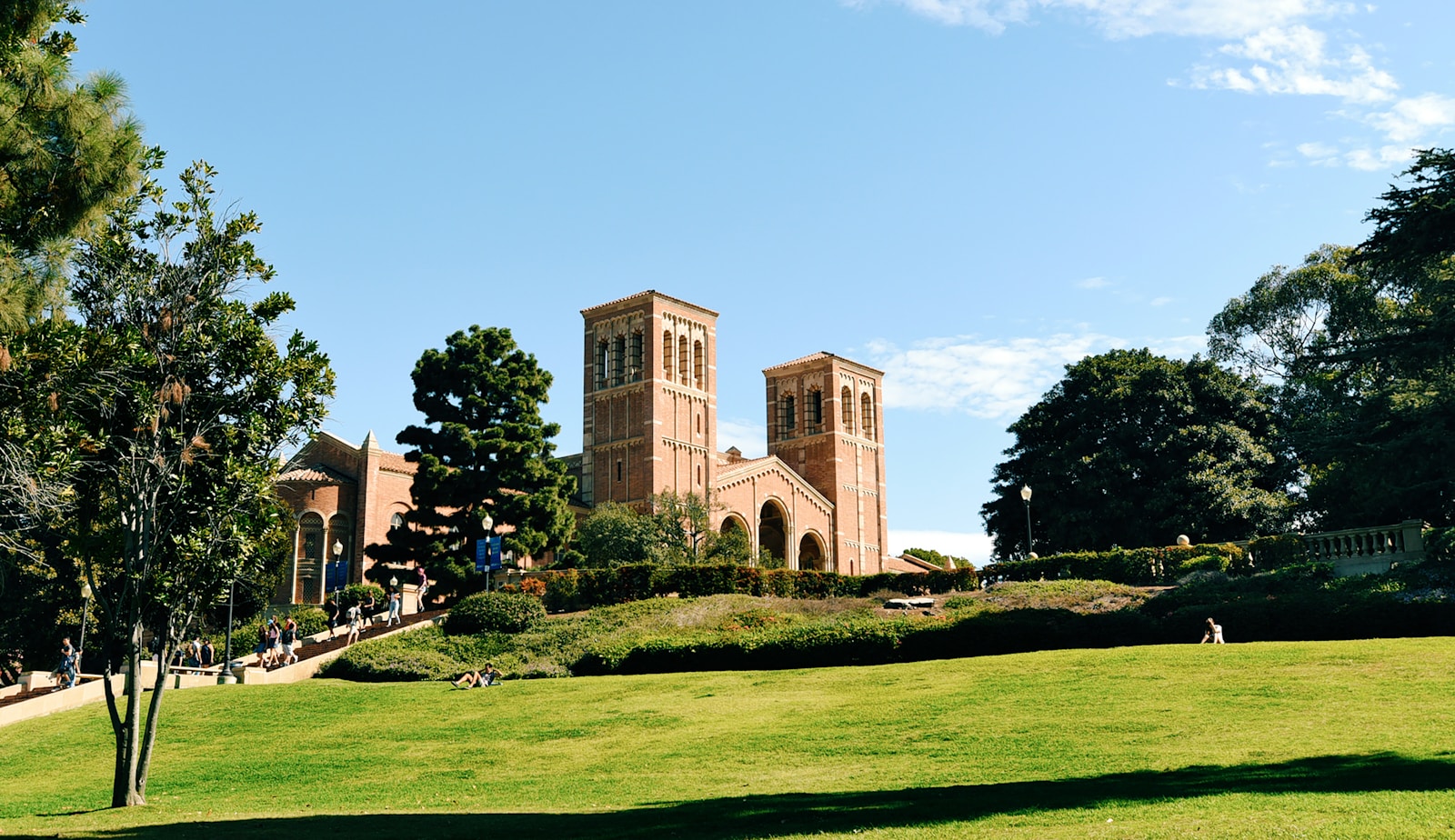
7. **Global Engagement and Diplomacy: The Ralph J. Bunche International Affairs Center**: Howard University’s commitment to shaping global leaders and fostering international understanding is powerfully embodied by The Ralph J. Bunche International Affairs Center (RBC). Established in 1993, the RBC serves as a pivotal hub, driving and catalyzing enhanced international engagement across the entire Howard University community. Its mission is deeply rooted in the legacy of Ralph Bunche, the first Nobel Peace Prize winner of African descent, who also served as chair of Howard’s Department of Political Science, reflecting the university’s long-standing connection to global affairs.
Within the RBC, students gain access to a wealth of opportunities designed to prepare them for careers on the international stage. The center houses comprehensive study abroad programs, offering immersive experiences that broaden global perspectives and cultural understanding. Additionally, it provides critical foreign affairs scholarships and internships, creating pathways for students to gain practical experience and network within diplomatic and international organizations.
Most recently, the RBC has launched the Global Futures Collaborative (GFC), an initiative designed to function as a policy engine, driving greater programming and thought leadership in international affairs. This strategic expansion further solidifies Howard’s role in cultivating a new generation of diplomats, policymakers, and global citizens, equipped to navigate and influence the intricate dynamics of the international landscape.

8. **Media Innovation: Howard’s Enduring Impact on Radio and Television**: Beyond its academic halls and research labs, Howard University has cultivated a profound influence on the media landscape, serving as a birthplace for innovation and a training ground for broadcasting pioneers. The university is notably home to WHUR-FM 96.3, a commercial radio station also known as Howard University Radio. This station holds a unique place in broadcasting history, as it became the birthplace of the iconic ‘quiet storm’ late-night radio format in 1976, an innovation attributed to its student intern, Melvin Lindsey, named after Smokey Robinson’s song and album.
WHUR-FM operates alongside WHBC, a student-run station on an HD Radio sub-channel, offering invaluable hands-on experience for aspiring media professionals. The university’s reach extends even further into the national broadcast arena through HUR Voices, which can be heard on SiriusXM Satellite Radio, demonstrating its widespread influence. Complementing its radio presence, Howard is also home to WHUT-TV, a public television station located directly on campus next to WHUR-FM.
These media outlets not only provide vital services to the surrounding community but also serve as living laboratories for students enrolled in the Cathy Hughes School of Communications. Named after the pioneering media entrepreneur Cathy Hughes, who is also a distinguished faculty member, this school leverages these on-campus facilities to offer unparalleled practical training. This integrated approach ensures that Howard continues to produce the next generation of influential voices and innovators in radio, television, and beyond.
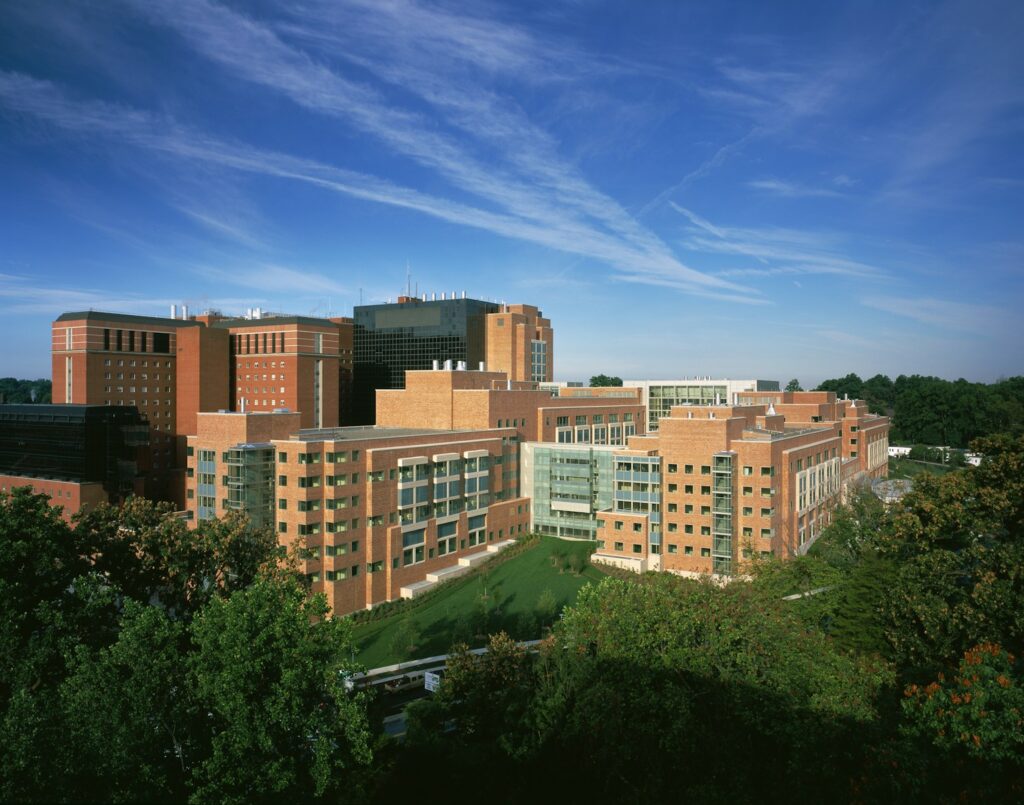
9. **Strategic Industry Partnerships: Bridging Academia and the Tech World**: Howard University’s commitment to preparing its students for the evolving demands of the global workforce is significantly enhanced by strategic partnerships with leading industry players, particularly in the technology sector. Recognizing the need to increase representation of underrepresented minorities in tech, Google Inc. established a pilot residency program in 2017, initially named ‘Howard University West,’ on its Mountain View, California campus. This pioneering initiative has since evolved into the ‘Tech Exchange’ program.
By 2018, the Tech Exchange expanded from a three-month summer program to a full academic year offering, broadening its inclusivity to 15 other minority-serving institutions while maintaining a strong focus on Howard students. Through this program, Howard students gain invaluable exposure, learning directly from senior Google engineers, practicing cutting-edge coding techniques, and immersing themselves in the dynamic culture of Silicon Valley for course credits towards their degrees. This direct pipeline to leading tech companies ensures students are equipped with relevant skills and industry insights.
Further reinforcing its collaborative spirit with industry, The Walt Disney Company announced the establishment of the Disney Storytellers Fund in July 2022. Housed within Howard’s Cathy Hughes School of Communications and the Chadwick A. Boseman College of Fine Arts, this fund provides undergraduate students with stipends up to $60,000 and mentorship opportunities. The fund’s objective is to cultivate a new generation of Black storytellers, underscoring Howard’s pivotal role in shaping diverse talent for the creative industries, a partnership that expanded to other HBCU campuses in October 2022.
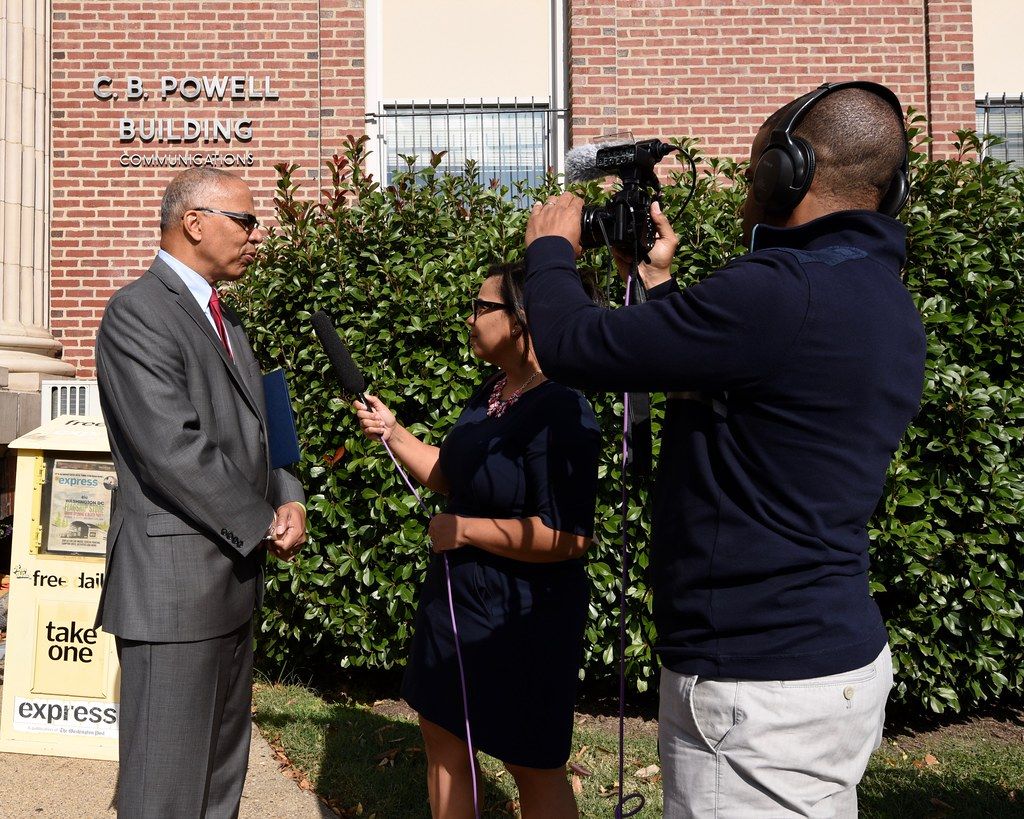
10. **Pioneering Arts and Communication: The Chadwick A. Boseman College of Fine Arts and Cathy Hughes School of Communications**: Howard University has long been a nurturing ground for extraordinary talent in the arts and communication, a legacy now cemented with the naming of two pivotal academic units after their distinguished alumni. In a powerful tribute, the newly re-established college of fine arts was named the Chadwick A. Boseman College of Fine Arts in May 2021. This naming honors the actor and distinguished alum who, from his student days in the late 1990s until his passing in 2020, led protests against the college’s absorption into the College of Arts & Sciences, highlighting the deep student and alumni commitment to arts education at Howard.
Under the leadership of Dean Phylicia Rashad, this college continues Howard’s rich tradition of cultivating exceptional artists, performers, and creators. It serves as a beacon for aspiring talent, offering comprehensive programs that span various artistic disciplines and providing the rigorous training necessary for success in the competitive entertainment industry. The university’s strategic investment in this college underscores its belief in the transformative power of the arts and its dedication to fostering diverse voices in creative fields.
Equally significant is the Cathy Hughes School of Communications, named for the influential media entrepreneur and Howard faculty member. This school is a testament to Howard’s leadership in media education, preparing students for careers in journalism, broadcasting, public relations, and digital media. With access to on-campus facilities like WHUR-FM and WHUT-TV, students gain invaluable practical experience, ensuring they are well-prepared to shape and lead the future of communication. These colleges collectively highlight Howard’s unwavering commitment to fostering excellence and innovation in both the performing arts and the dynamic world of media.
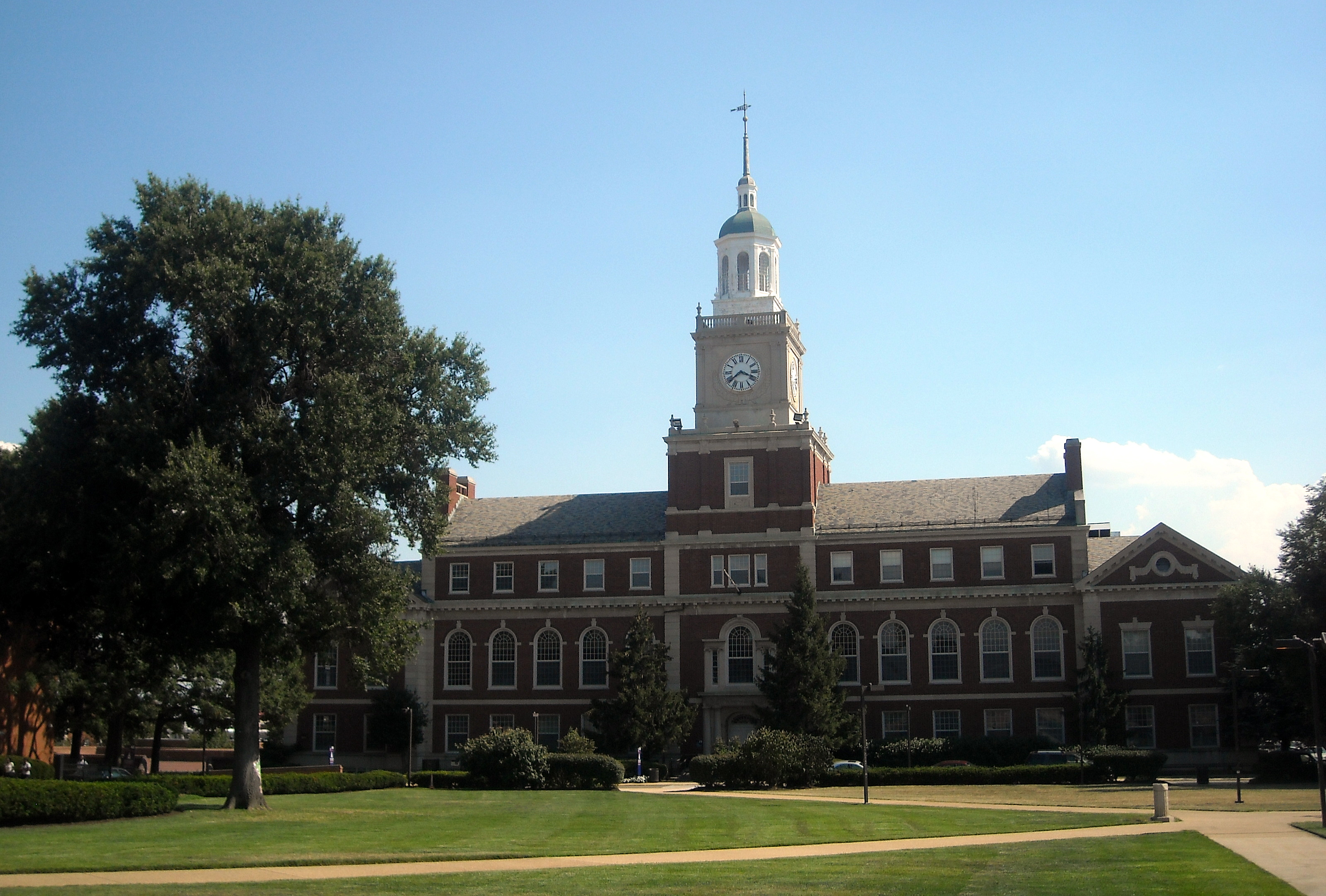
11. **Sustained Investment in Infrastructure: Fueling Future Growth and Excellence**: Howard University is not content to rest on its illustrious past; it is actively shaping its future through significant and strategic investments in its infrastructure, ensuring it remains at the forefront of education and research. In a monumental move, the university announced in March 2022 that it will allocate $785 million over the next four years for extensive renovations and the construction of new academic centers. This ambitious plan underscores a commitment to providing state-of-the-art facilities that meet the evolving needs of its students and faculty.
Key components of this investment include the construction of a new STEM complex, designed to further bolster Howard’s robust science, technology, engineering, and mathematics programs. Additionally, new academic buildings will be erected to house the Chadwick Boseman College of Fine Arts and the Cathy Hughes School of Communications, consolidating and enhancing the spaces dedicated to these pivotal disciplines. This significant capital outlay will also facilitate the renovation of numerous other existing buildings across the campus, modernizing facilities and improving the overall learning and living environment.
Further demonstrating its forward-looking vision, Howard University addressed persistent housing challenges by issuing a $300 million tax-exempt bond in 2023, specifically aimed at tackling housing woes. This initiative is part of the larger $785 million investment, reflecting a holistic approach to campus development that prioritizes student welfare and academic excellence. These strategic investments are designed to strengthen Howard’s position as a leading research university, attracting top talent and providing the resources necessary to continue its legacy of groundbreaking contributions across all fields.
Howard University, with its rich history and unwavering commitment to progress, continues to evolve as a powerhouse of intellect, culture, and influence. From its pivotal role in the Civil Rights Movement to its cutting-edge research and strategic partnerships, ‘The Mecca’ consistently demonstrates its capacity to adapt, innovate, and lead. As it continues to invest in its infrastructure, expand its global reach, and nurture the next generation of trailblazers, Howard remains an indispensable institution, not just for the Black community, but for the nation and the world. Its journey is a continuous narrative of resilience, academic prowess, and a profound dedication to shaping a more just and equitable future.”


